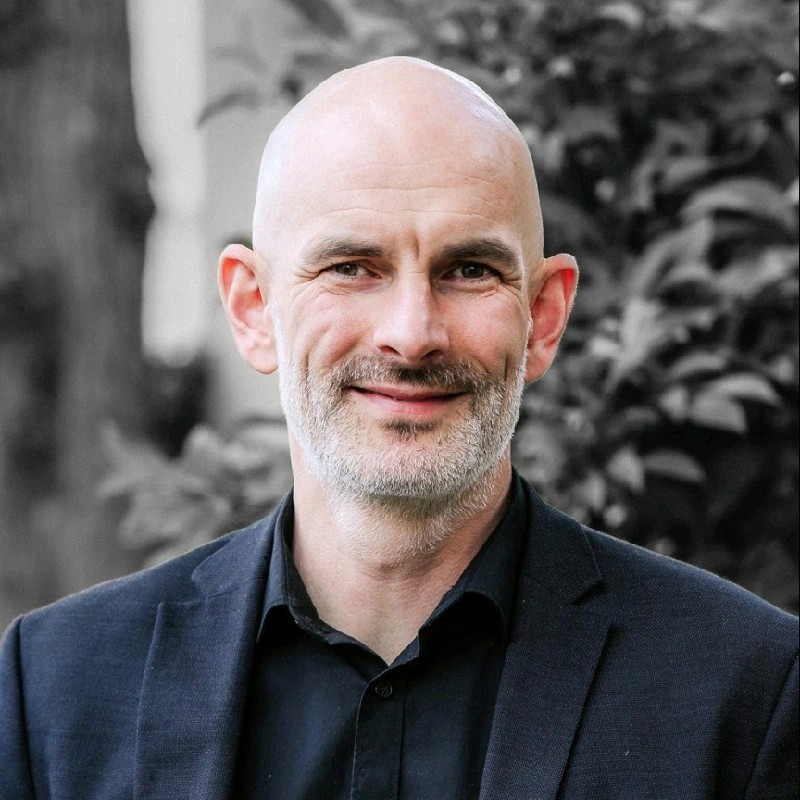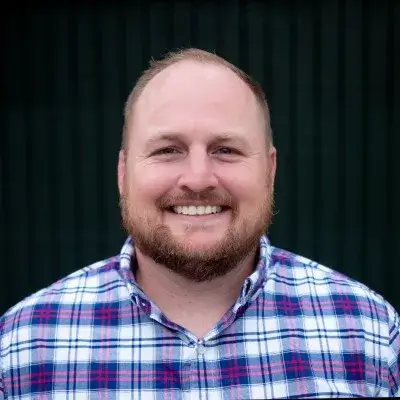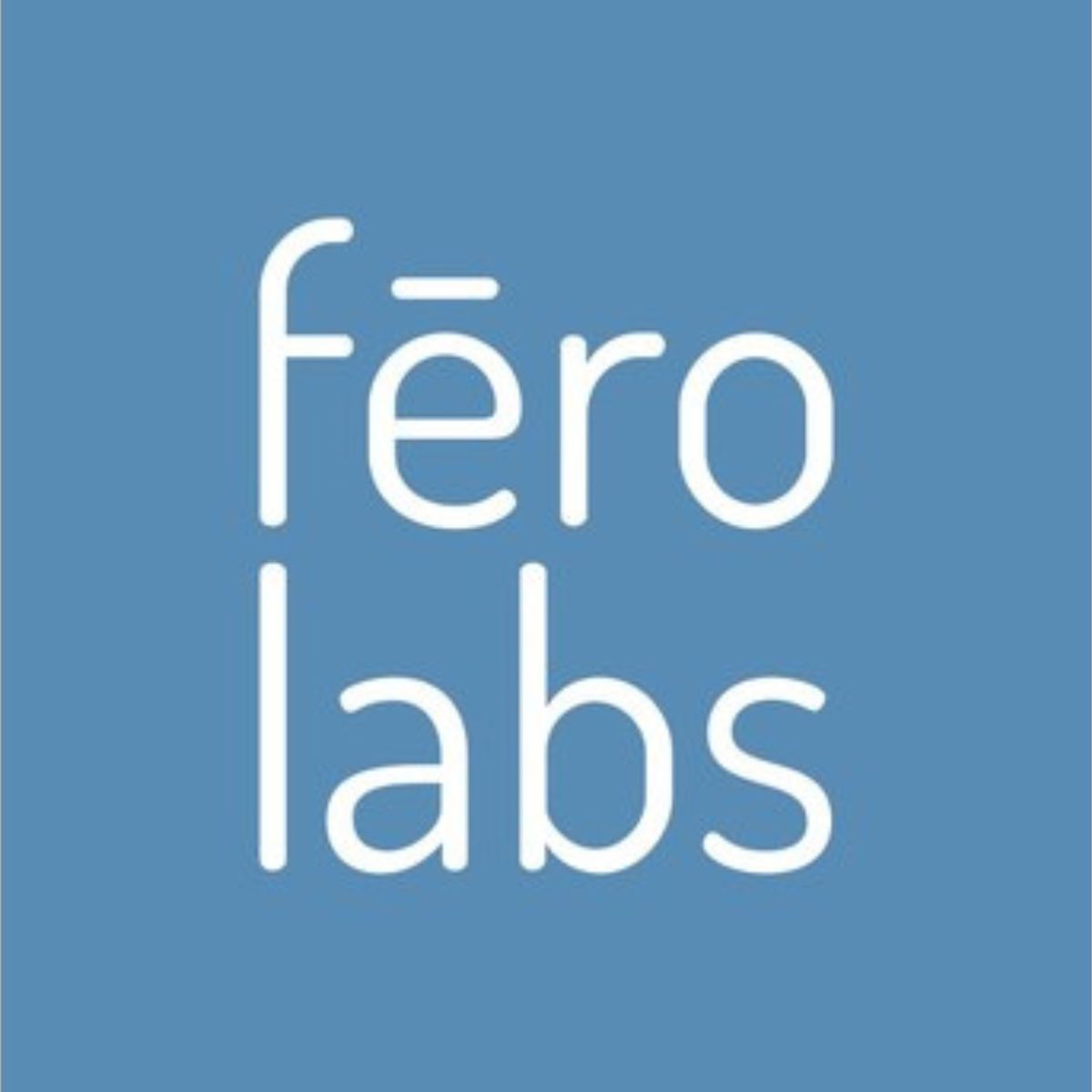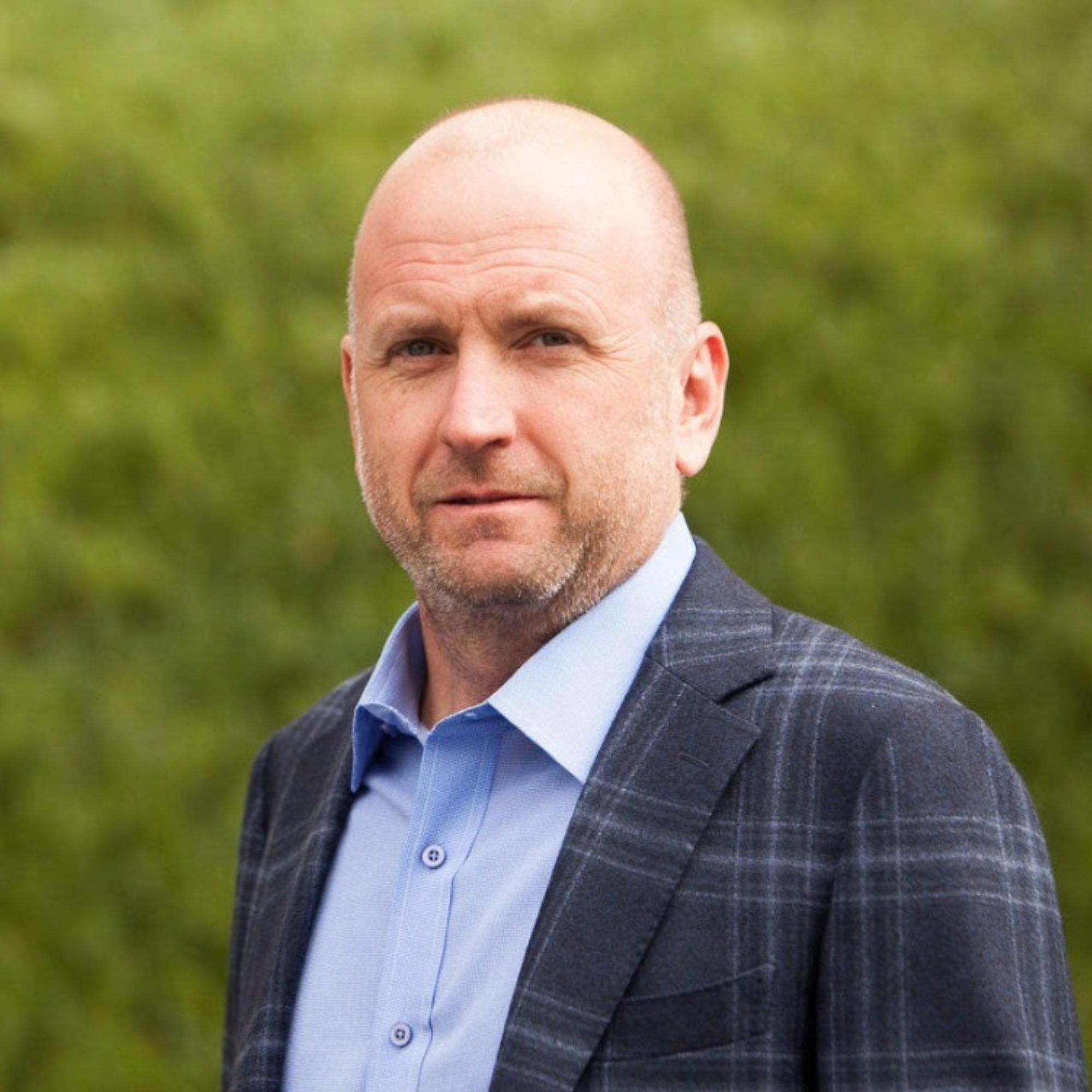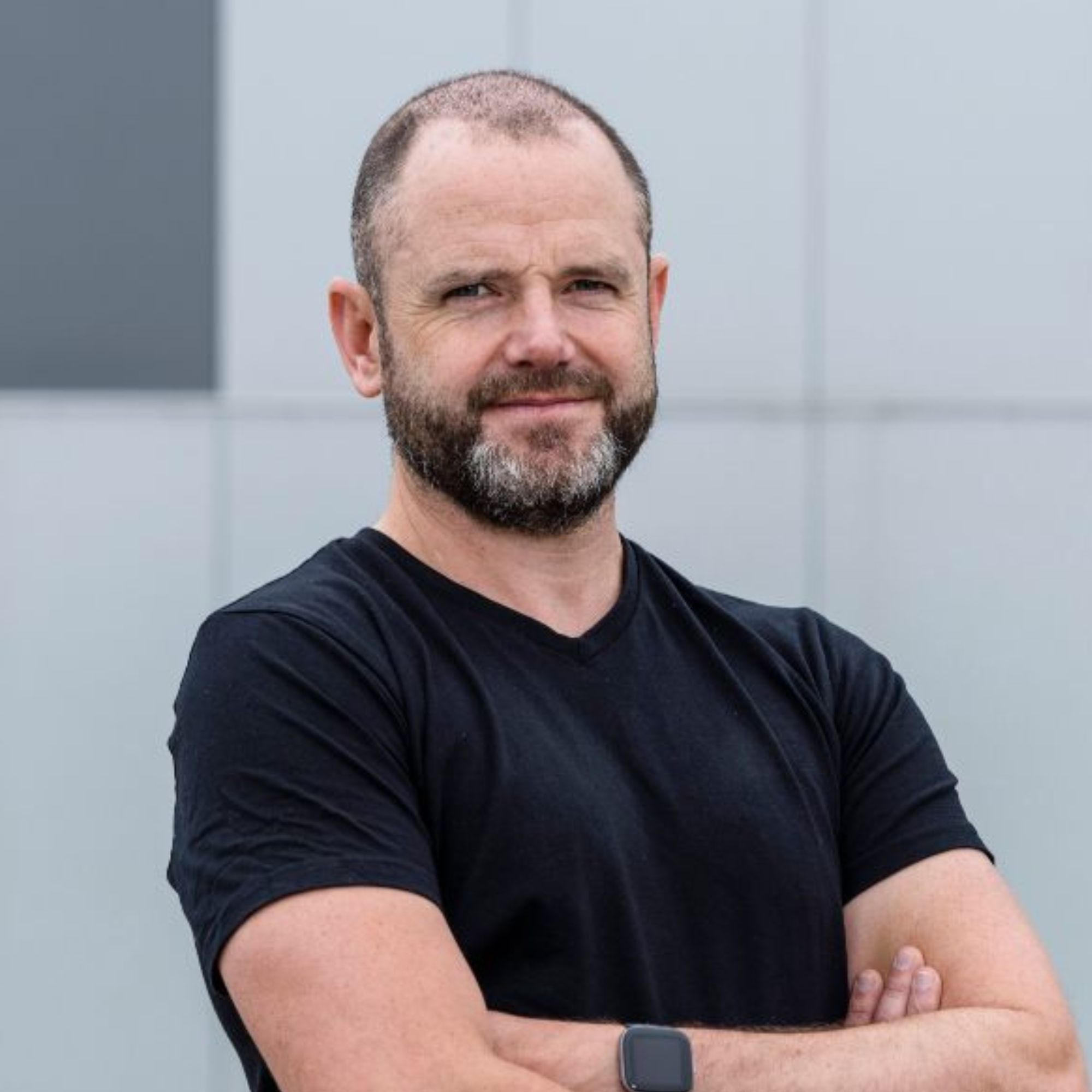Ready to launch your own podcast? Book a strategy call.
Frontlines.io | Where B2B Founders Talk GTM.
Strategic Communications Advisory For Visionary Founders
Conversation
Highlights
The Infrastructure Industry Has a Productivity Problem, Not a Labor Crisis
Many tech founders chase obvious opportunities in software or AI. But in a recent episode of Category Visionaries, Shelley Copsey shared how FYLD raised $48M by solving a counter-intuitive problem: making infrastructure field workers more productive.
The conventional wisdom says there’s a labor shortage in infrastructure. Companies struggle to find workers to maintain our roads, water systems, and power grids. But FYLD’s data tells a different story.
“I’m not convinced that there is a labor crisis,” Shelley explains. “We see that standing time is running at 30, 35% across a lot of companies. That’s a lot of time and money spent on field workers whose employers are not ensuring that they’re productive every day.”
This insight sparked a radical rethinking of how infrastructure work gets done. While other startups were building tools for back-office efficiency, FYLD focused on the forgotten stakeholder: the field worker.
The Pandemic Launch That Shouldn’t Have Worked
FYLD’s timing seemed terrible. They launched in April 2020, just as the world went into lockdown. Their target users – field workers maintaining critical infrastructure – couldn’t work remotely. The founding team couldn’t meet them in person. Social distancing forced workers who typically operated in teams to work alone.
“All I can say is that never again in my life, if there is another pandemic, will I found another company,” Shelley recalls. But this constraint forced innovation. Unable to do traditional customer development, they had to find creative ways to understand how field workers used their product.
A partnership with Scotia Gas Networks, which serves 6.5 million customers, proved pivotal. Their willingness to provide deep feedback helped FYLD build something field workers actually wanted to use – a rare achievement in an industry known for resisting new technology.
Rewriting the Enterprise Software Playbook
FYLD’s early success revealed three counter-intuitive principles for selling to infrastructure companies:
- Make Safety a Growth Engine Most enterprise software companies guard their customer references carefully. But FYLD discovered that in infrastructure, safety improvements aren’t viewed as competitive advantages. “Safety is not viewed as being a competitive advantage. It’s a basic human right of everybody in this industry,” Shelley notes. This dynamic turned competitors into referral sources, accelerating growth.
- Abandon Traditional Pricing Models Per-seat licensing is standard in enterprise software. But FYLD found it undermined their core value proposition. “If what your premise is by collecting large volumes of data, you can help people do their jobs better and more efficiently, your go-to-market model can actually undermine delivering the benefit from the platform,” Shelley explains. They switched to enterprise-wide deals, removing all barriers to adoption.
- Prioritize Users Over Buyers Enterprise software typically caters to economic buyers – the executives who sign the checks. FYLD inverted this, focusing fanatically on field worker satisfaction. The result? “Our customer satisfaction amongst them runs at 8 out of 10 and that’s unheard of in the industry,” Shelley shares. This user love translates into near-zero churn rates.
The Results Speak Themselves
FYLD’s approach is working. They tripled ARR last year and are on track to double bookings revenue this year. But perhaps more importantly, they’re proving that focusing on overlooked users and challenging industry assumptions can create massive value.
For B2B founders, FYLD’s story offers a valuable lesson: sometimes the biggest opportunities aren’t in creating new technology, but in actually solving problems for the people doing the work. As Shelley puts it, “We’re so focused on solving real world problems and what actually matters to our customers… that never gets in the way of if we hear from a customer who are in a really challenging situation.”
As infrastructure spending increases globally, FYLD’s vision extends beyond just improving field work execution. They aim to transform how infrastructure gets built and maintained, making it more efficient and safer for everyone involved. In an industry that’s critical to society but often overlooked by technology, that’s a vision worth watching.
Actionable
Takeaways
Rethink conventional wisdom on market problems:
While many discuss a labor shortage in field operations, FYLD's data shows 30-35% standing time across companies. Shelley explains, "I'm not convinced that there is a labor crisis... when you begin to look at that level of standing time, I think you've got to question if we've got a labor shortage or we've just got a problem of understanding what the people in the field are doing." Sometimes the most discussed market problem isn't actually the root cause.
Design pricing models that encourage full adoption:
FYLD shifted from per-seat licensing to enterprise-wide deals after realizing usage limitations undermined platform value. Shelley notes, "If what your premise is by collecting large volumes of data, you can help people do their jobs better and more efficiently, your go-to-market model can actually undermine delivering the benefit from the platform." Pricing should align with your product's value creation mechanism.
Leverage industry-specific collaboration dynamics:
In infrastructure, safety improvements aren't viewed as competitive advantages but as shared responsibilities. As one CEO told Shelley, "If you can help me keep workers safer, more mums and dads are going to think that this is a good career for their kid... if we can all keep people safer, we're all going to be able to grow as an industry." Understanding these dynamics can accelerate market penetration through referrals.
Navigate complex stakeholder alignment:
Enterprise sales in infrastructure require buy-in from COOs, heads of safety, CIOs, and CFOs. Shelley shares, "Enterprise sales cycles are well known to take 9, 12, 15 months. In the infrastructure industry, we're moving a bit quicker than that." Success requires systematically addressing each stakeholder's priorities while maintaining momentum.
Build for end-users first:
FYLD maintains an 8/10 customer satisfaction score among field workers, unprecedented in their industry. Shelley emphasizes, "There's no point going out and selling a product related to fieldwork if the field workers hate using the platform and won't adopt it." In B2B, while buyers sign the checks, end-user adoption drives long-term success.


